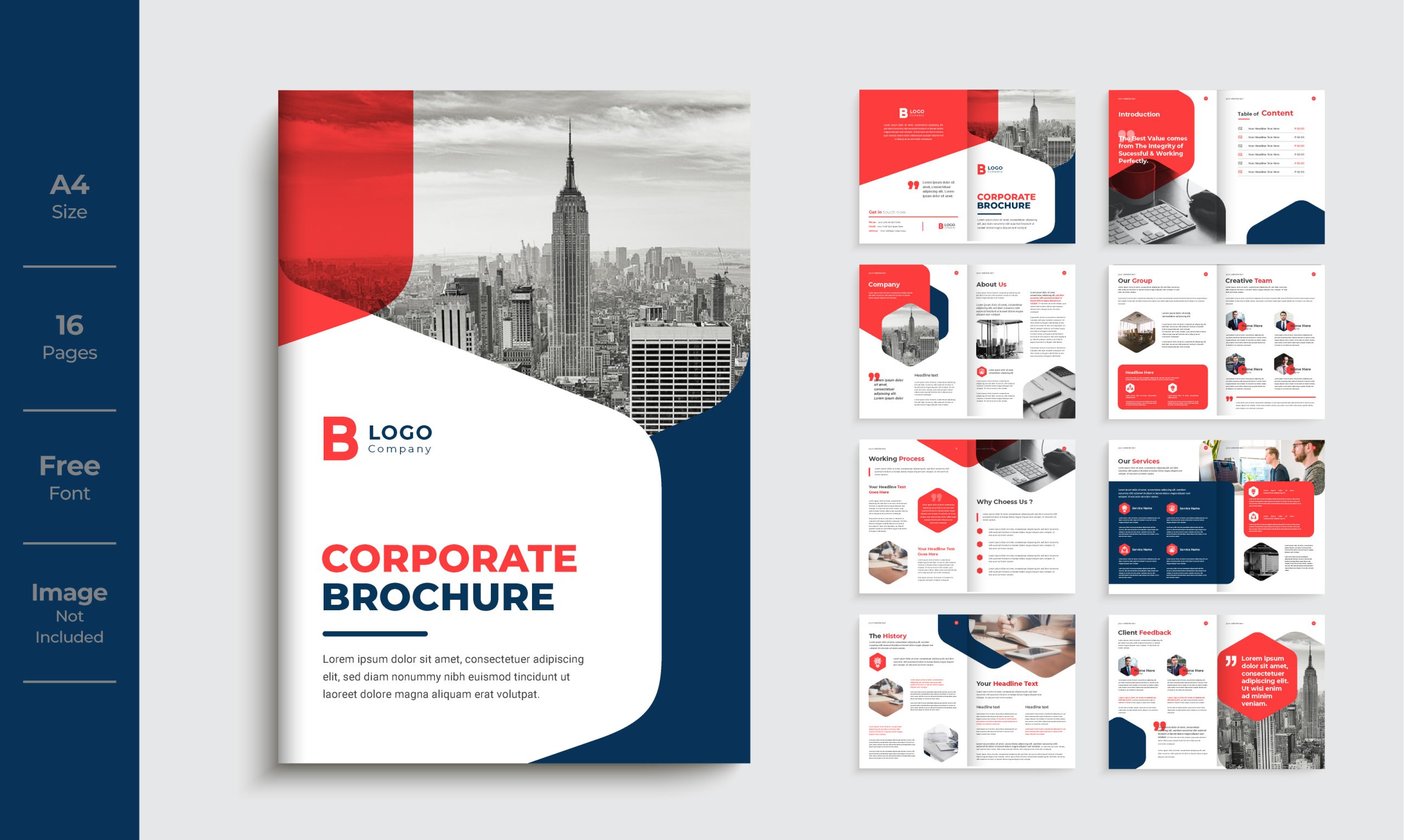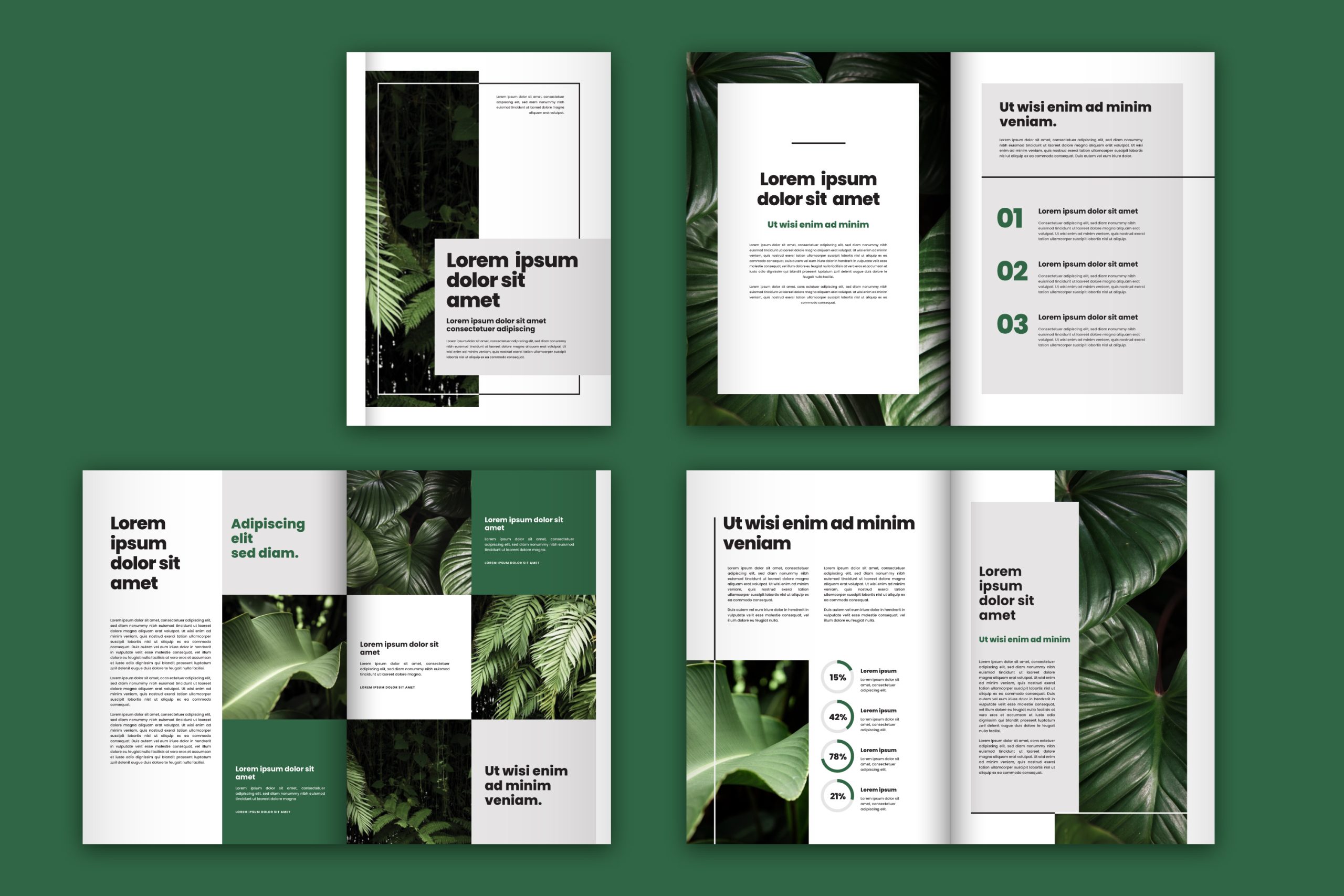In the digital age, where online marketing dominates, traditional printed materials like booklets still hold a significant place in a well-rounded marketing strategy. Booklets are versatile, tangible assets that can effectively convey your brand’s message, showcase your products or services, and engage your target audience in meaningful ways. Whether you’re aiming to boost brand awareness, educate your customers, or drive sales, integrating booklets into your marketing efforts can yield impressive results. In this blog post, we’ll explore how you can leverage booklets to enhance your marketing strategy and achieve your business goals.
1. Define Your Objectives
Before creating a booklet, it’s essential to define clear objectives that align with your overall marketing strategy:
- Brand Awareness: Introduce new customers to your brand story, values, and offerings.
- Product Showcase: Highlight key products or services and their unique features.
- Educational Content: Provide valuable information or tips related to your industry or niche.
- Lead Generation: Capture leads by offering compelling content that addresses customer pain points.
2. Identify Your Target Audience
Understanding your target audience is crucial for creating a booklet that resonates with them:
- Demographics: Consider factors such as age, gender, income level, and interests.
- Needs and Preferences: Tailor the content and design to address their specific needs and preferences.
- Buying Behavior: Analyze how they research products/services and make purchasing decisions.
3. Content Creation and Structure
Crafting compelling content is key to the success of your booklet:
- Clear Messaging: Ensure your content is concise, informative, and aligned with your brand voice.
- Visual Appeal: Incorporate high-quality images, infographics, and charts to enhance readability and engagement.
- Call to Action (CTA): Include a strong CTA that prompts readers to take the next step, such as visiting your website, contacting you, or making a purchase.
4. Design and Layout
The design of your booklet should be visually appealing and easy to navigate:
- Cover Design: Create an eye-catching cover that grabs attention and reflects your brand identity.
- Layout: Use a clean and organized layout with adequate white space for readability.
- Brand Consistency: Ensure consistency in colors, fonts, and imagery to reinforce brand recognition.
5. Distribution Channels
Consider various distribution channels to reach your target audience effectively:
- Direct Mail: Send booklets to targeted mailing lists or existing customers.
- Events and Tradeshows: Distribute booklets at industry events, conferences, or exhibitions.
- In-Store Displays: Display booklets at physical locations where your target audience shops.
- Digital Copies: Offer downloadable PDF versions on your website or through email campaigns.
6. Measure and Analyze Results
Monitor the effectiveness of your booklet marketing campaign:
- Track Distribution: Keep records of where and how booklets are distributed.
- Feedback and Engagement: Gather feedback from customers and track engagement metrics.
- Sales and Conversions: Measure how booklets contribute to lead generation and sales.
7. Integration with Digital Marketing
Integrate your booklet campaign with digital marketing efforts for a cohesive strategy:
- Online Promotion: Promote your booklet through social media posts, blogs, and digital ads.
- Landing Pages: Create dedicated landing pages that complement your booklet’s content and CTA.
- SEO Optimization: Optimize content and keywords to improve visibility in search engine results.
8. Continuous Improvement
Regularly review and update your booklet strategy based on performance data:
- A/B Testing: Test different versions of your booklet to see which resonates best with your audience.
- Customer Feedback: Use insights from customer feedback to refine future editions.
- Industry Trends: Stay updated on industry trends and competitor activities to stay ahead.
Conclusion
Integrating booklets into your marketing strategy can significantly enhance your brand’s visibility, engagement, and conversion rates. By defining clear objectives, understanding your audience, crafting compelling content, and utilizing effective distribution channels, you can leverage the power of booklets to achieve your marketing goals effectively. Start incorporating booklets into your marketing strategy today and watch as they become a valuable asset in communicating your brand’s message and driving business growth.



